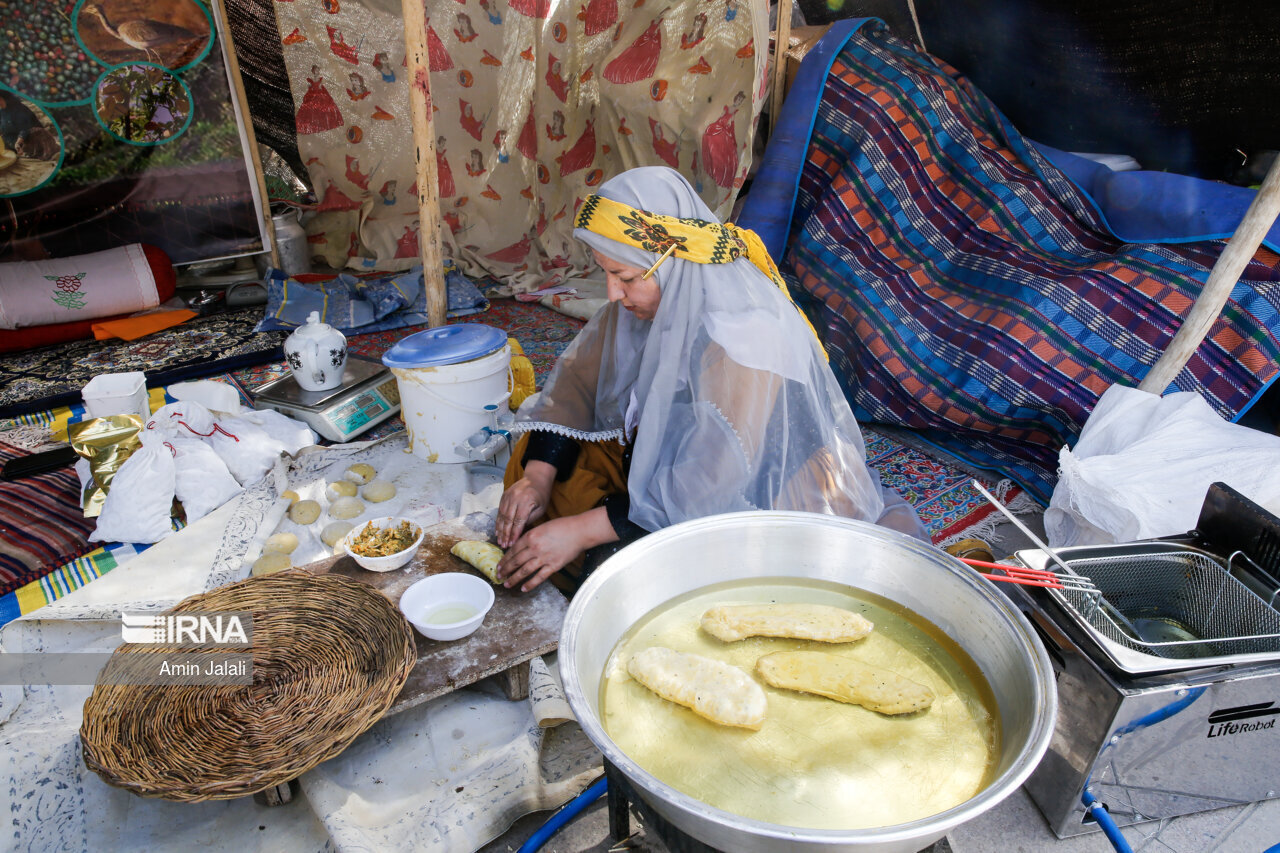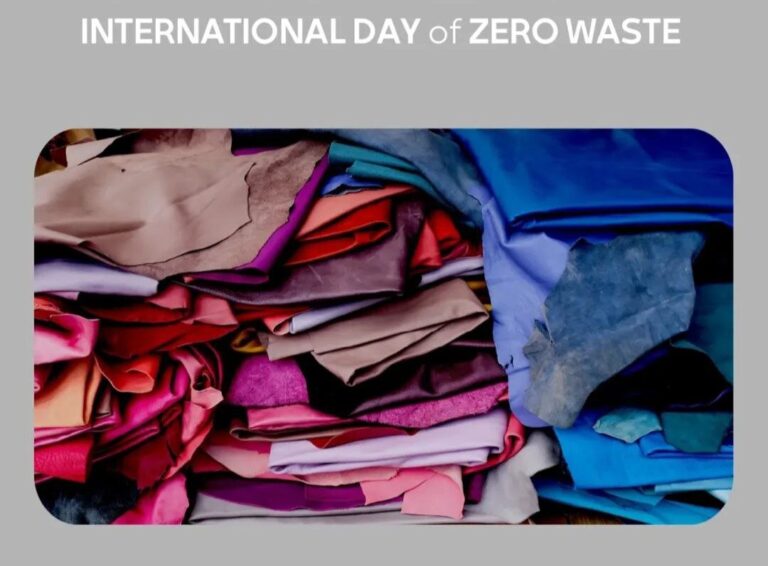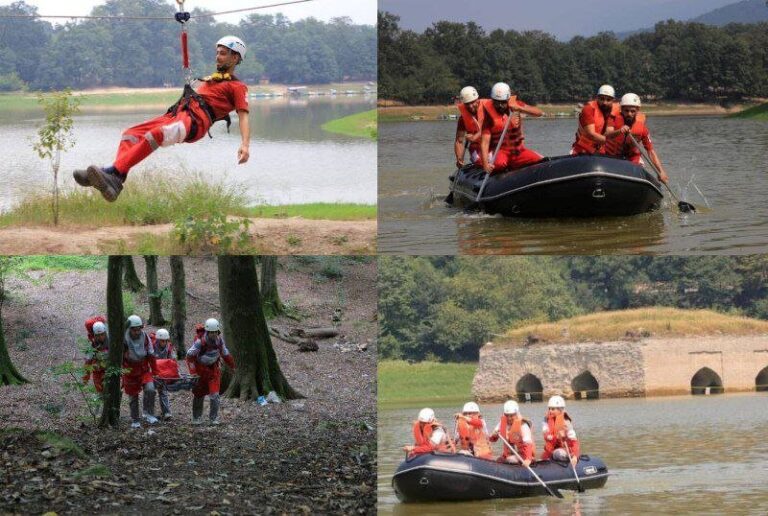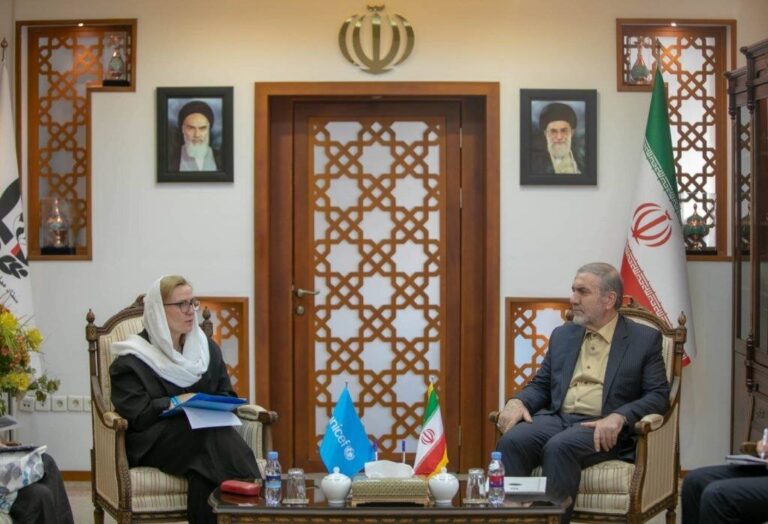Village Administrations Launch 9,000 Exciting New Development Projects!
In a significant development for Iran, a total of 8,762 development projects are set to be inaugurated across the nation by February 10, coinciding with the Ten-Day Fajr celebrations. This event commemorates the victory of the 1979 Islamic Revolution and highlights the country’s ongoing commitment to infrastructure and community development.
According to an ISNA report, road construction constitutes a substantial 81 percent of these initiatives, which also include the establishment of parks, sports and cultural centers, as well as firefighting stations. This diverse range of projects underscores the importance of enhancing both urban and rural living conditions in Iran.
In addition to these projects, it is essential to acknowledge the vital contributions of villagers and nomads to Iran’s political, economic, and social development. The National Day of Village and Nomads, declared on October 7, 2013, serves as a reminder of their crucial role in national progress despite their relatively small population.
- Economic Contributions: Villagers and nomads are a significant source of food and agricultural products, producing around 70 percent of the country’s food for the domestic market.
- Environmental Benefits: Living far from urban pollution and being less reliant on oil resources, they contribute to sustainable development.
- Cultural Heritage: They are custodians of many cultures and traditions in Iran, enriching the nation’s identity.
- Tourism and Handicrafts: Villagers and nomads play a major role in the tourism and handicraft sectors, showcasing their unique skills and traditions.
- Food Security: They are instrumental in ensuring food security through the production of healthy food.
- National Security: Their presence in remote areas enhances the country’s security, particularly along borders.
Remarkably, about 25 percent of Iran’s population resides in villages, and they are responsible for producing a large majority of the nation’s agricultural outputs. Specifically, over 90 percent of agricultural and food products originate from rural areas. The contributions of nomadic communities are equally impressive, accounting for:
- 25 percent of the country’s meat products
- 35 percent of handicrafts
- A significant share of organic dairy products, including vegetable oil, milk, curd, and other essentials
It is important to note that the rural economy extends beyond agriculture. It encompasses a variety of industries, which include:
- Handicrafts: Unique and traditional crafts that represent the cultural heritage of various regions.
- Creative Industries: Innovations in art, design, and technology originating from rural communities.
- Clothing and Textiles: Locally produced garments and fabrics that reflect the identity of their creators.
- Processing Industries: The transformation of raw agricultural products into consumables.
- Food Industry: Production of diverse food items, contributing to the local and national economy.
- Medicinal Plants: Utilization of local flora for health and wellness products.
- Carpentry and Furniture: Crafting of wooden goods that enhance living spaces.
- Tourism and Ecotourism: Promotion of natural beauty and cultural experiences that attract visitors.
- Fisheries: Sustainable fishing practices that support both livelihoods and food supply.
- Carpets and Rugs: Artisanal weaving that showcases exquisite craftsmanship.
- Dried Fruits: Production of nutritious snacks that are popular in both local and international markets.
In conclusion, the upcoming inauguration of development projects represents a commitment to elevate the living standards across Iran while recognizing the invaluable contributions of villagers and nomads to the nation’s sustenance and cultural richness. Their role is not just a footnote in the larger narrative of Iran’s progress; it is a cornerstone that supports the country’s diverse economy and cultural heritage.






